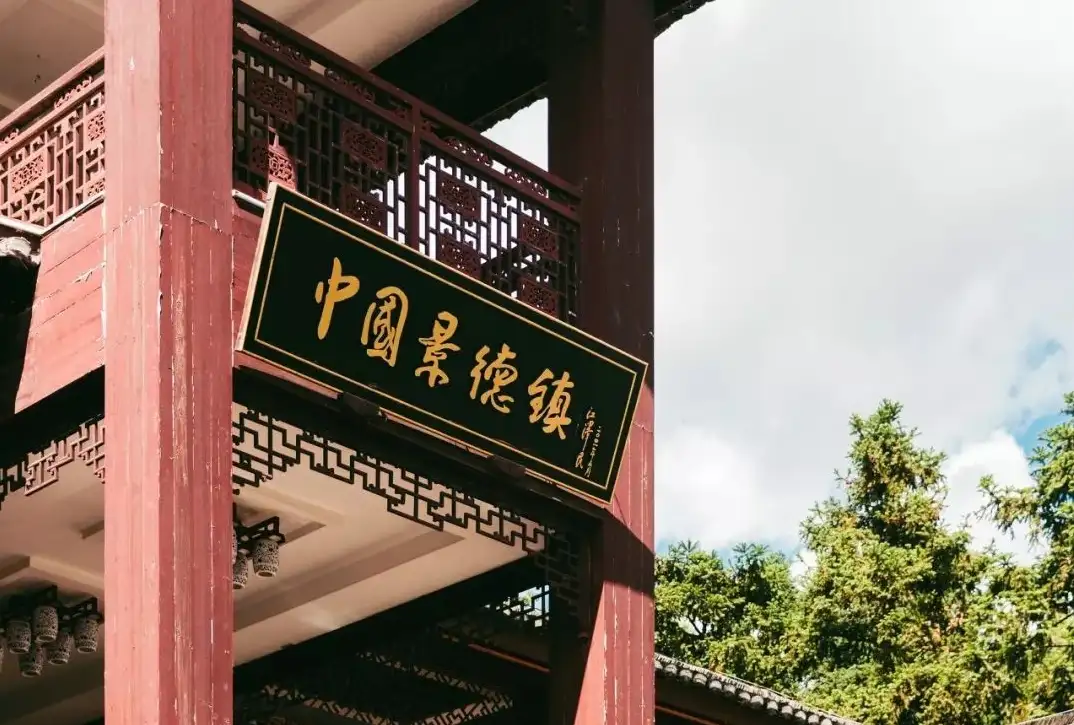
We Came to Jingdezhen in Search of an Invisible Jingdezhen
- 22 Apr, 2025
- Posted by Admin
- 0 Comment(s)
Jingdezhen porcelain, a specialty of Jingdezhen City, Jiangxi Province, China, and a national geographical indication product. Jingdezhen porcelain is famous for its white porcelain, known as “white as jade, bright as a mirror, thin as paper, and sound like a bell”. It has a complete variety and has reached more than 3000 varieties. Excellent porcelain quality, lightweight design, and diverse decorations. In terms of decoration, there are blue and white, underglaze red, ancient color, pink color, doucai, new color, underglaze colorful, blue and white exquisite, etc. Among them, blue and white, pink color products are the main products, and color glaze is a famous product. There are many varieties of glaze colors, including green, blue, red, yellow, black, and so on. Only the red glaze system, including Jun Hong, Lang Yao Hong, Ji Hong, and Rose Purple, is fired with a “reducing flame”, and its products are well-known worldwide. It is one of the outstanding representatives of ancient ceramic art that is renowned worldwide.
After Yixing, we arrived in Jingdezhen. Perhaps, throughout history, countless others have also made their way here.
We traveled from Hangzhou to Jingdezhen by high-speed rail, a journey of just three hours. Yet, a century ago, when Westerners came to Jingdezhen, they complained in a tone laced with sweetness:
“It took longer than going from San Francisco to New York, but the excitement was unforgettable for a lifetime.”
01

However, it’s difficult to connect the historically recorded “Jingdezhen” with the “Jingdezhen” we stepped into.
The Jingdezhen of the past was like a reflection of China. Through the Yuan, Ming, and Qing dynasties, generations of emperors invariably turned their gaze to this city. Thus, it became a product of power, mastering the pinnacle of ceramic craftsmanship. Every time new ceramics were produced, they instantly gained global fame.
Imagine it: on the vast blue sea, wooden ships with billowing sails, laden with Chinese porcelain, sailing to all corners of the world under the monsoon winds. That sweeping grandeur added a tangible glory and reputation to the impression of “China” embodied by “porcelain.”
Yet, behind this richly colored history, the contemporary Jingdezhen feels perplexing.
The alleyways, workshops, and ancient kiln sites are now hard to find. In their place are large tracts of old houses awaiting demolition, abandoned industrial buildings, and enormous ceramic vases painted with motifs of children and peonies, boldly displayed by the roadside. Life goes on as usual, dust rising in the air.
This obscurity hints at the self-identity the millennia-old porcelain capital has been seeking over the past century. After the collapse of a vast, ruler-organized system, how does a city built on an ancient craft rediscover what it once took pride in?
Some structures are fading into the past, like the old porcelain factories. During the transition from handicrafts to industrialization, these factories brought almost the entire city’s population into the state-owned system. Now, only slogans and portraits remain, serving as nostalgic exhibits for visitors.

The wave of layoffs forced many in Jingdezhen to suddenly confront their futures. They had once devoted themselves to ceramic craftsmanship with unimaginable passion, overlooking the meager material rewards. This upheaval almost overnight shook the city’s industrial economy. Factories closed, workers were laid off, and this once-thriving hub turned into ruins. The laughter of workers clocking in and out, the young figures playing basketball under trees—all became fleeting bubbles.
“How did it feel? Back then, it was frustrating. Now, I think it was something we had to go through,” a taxi driver remarked casually. His parents had been factory workers, but he missed the era of the factory’s prosperity. Driving a taxi, he found, suited his temperament better.
Meanwhile, other structures are transforming into something new. Like a three-dimensional city, when the surface layer is peeled away, new textures emerge—soft and vibrant, like the skin of a newborn.
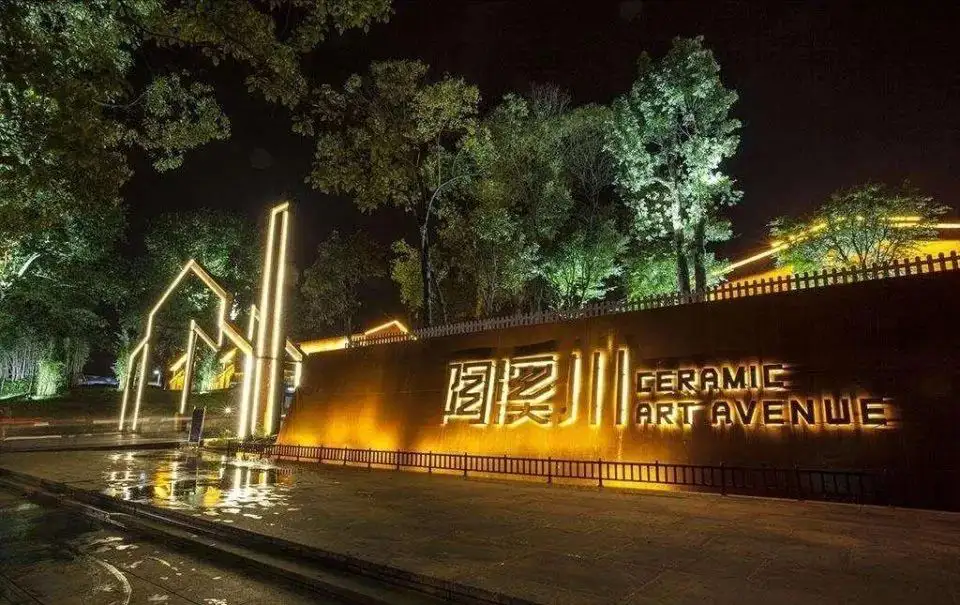
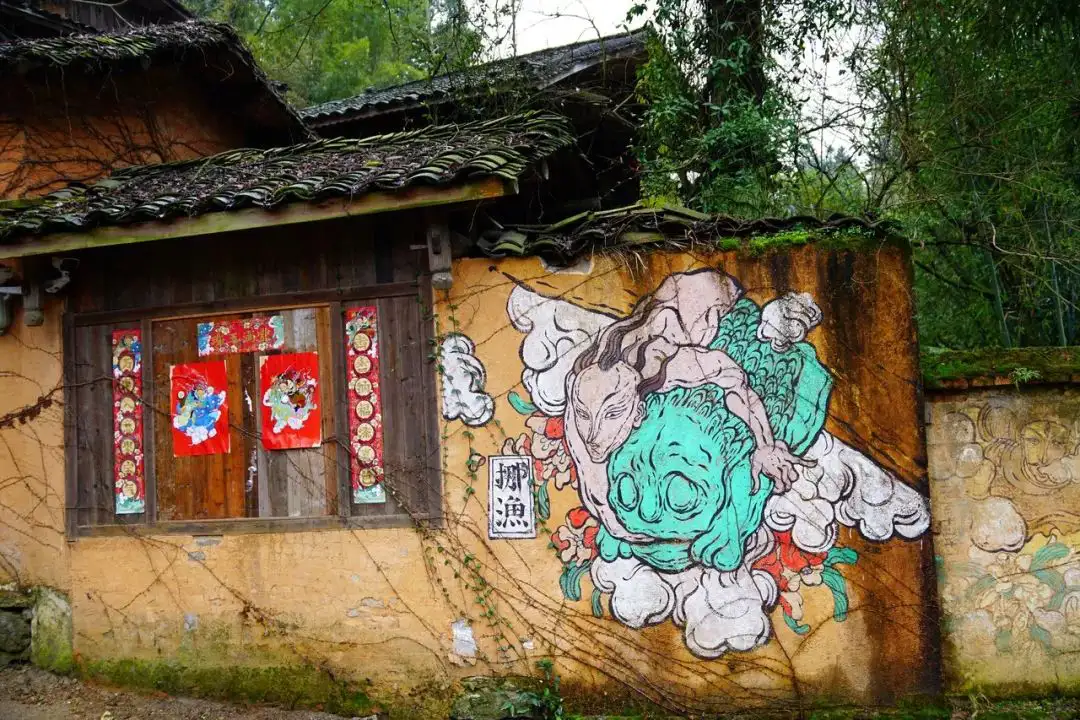
In 2013, Jingdezhen launched the Taoxichuan Ceramic Art Avenue, with the Universe Porcelain Factory at its core. After three years of design and renovation, 22 old factory buildings were preserved. The former firing workshop was converted into the Taoxichuan Industrial Heritage Museum and Art Gallery, while the raw materials workshop became a space for ceramic art experiences.
Over the past five years, new artist clusters have begun to take shape. The Sanbao Porcelain Valley, once the birthplace of Yingqing porcelain during the Southern Song Dynasty’s Hutian Kiln era, is now a gathering place for a diverse artistic community: “Jing drifters” (artists who migrate to Jingdezhen), ceramicists, artisans, small studios, and original media creators.
02
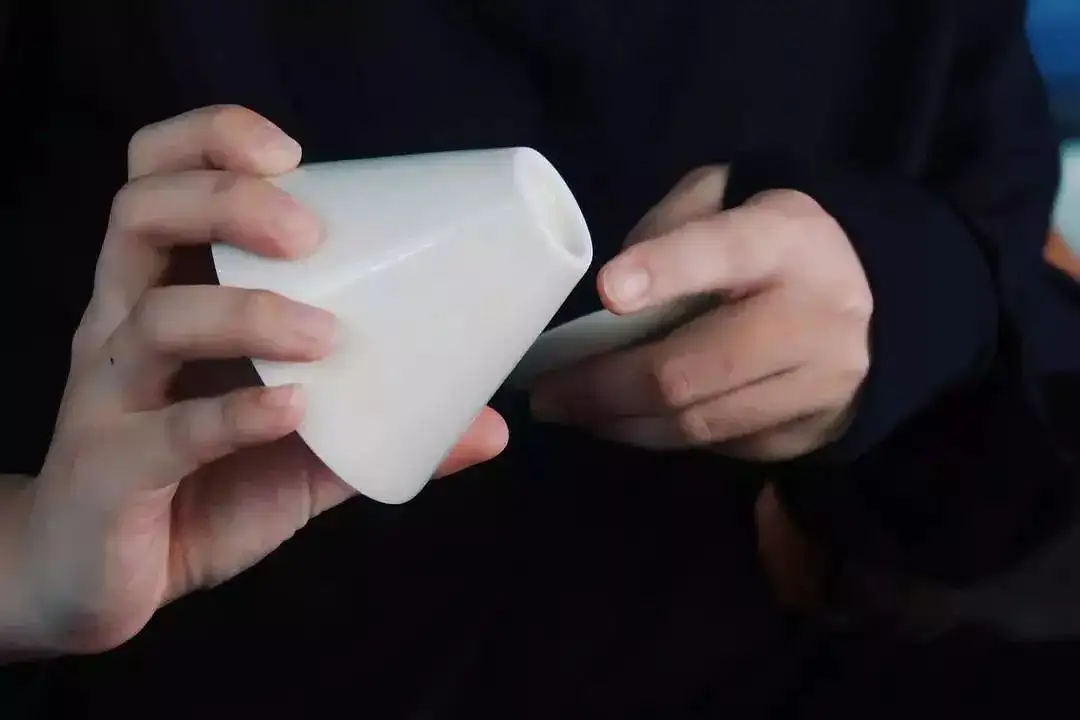
The so-called modernization has been exceptionally challenging. This ancient city, home to the most advanced handicraft industry, built the world’s first assembly line production. In the 1920s, an American marveled that it was “the world’s earliest industrial center before the Industrial Revolution.”
This legacy has left the city with certain gifts:
A culture that prioritizes production over sales. While it produced legendary potters and kiln workers, it failed to develop mature commercial trade practices. Artisans pursued perfection at any cost, but such divine craftsmanship couldn’t compete with the profits of mass-produced daily-use ceramics.
Technical specialization and monopolies were stark. Each worker mastered a tiny fragment of a vast, intricate process. Even modern ceramic artists with higher education struggle to reclaim a relatively complete and sound craft system.
This is a city of artisans—unrivaled yet slow to adapt to the fluidity of modern society. In 2000, Jingdezhen’s ceramic output and export value were just 1/26 and 1/40 of the national levels in 1998. Yet, 2000 wasn’t even the city’s lowest point—it was a wake-up call for change.
But the nobility of artisans also lies in their pride.
One artisan specializing in replica antiques told us there was a time when he made quick money. But when a discerning collector remarked, “You have a lot here, but nothing quite suits me,” he felt deeply stung. His dream is to recreate the Qing Dynasty’s “various glazed porcelain vase,” to personally touch the pinnacle of imperial craftsmanship.
Others think in more abstract terms: “Human value lies in creation. The way to be remembered is to make something truly good. If the vessel is remembered, I am remembered.”
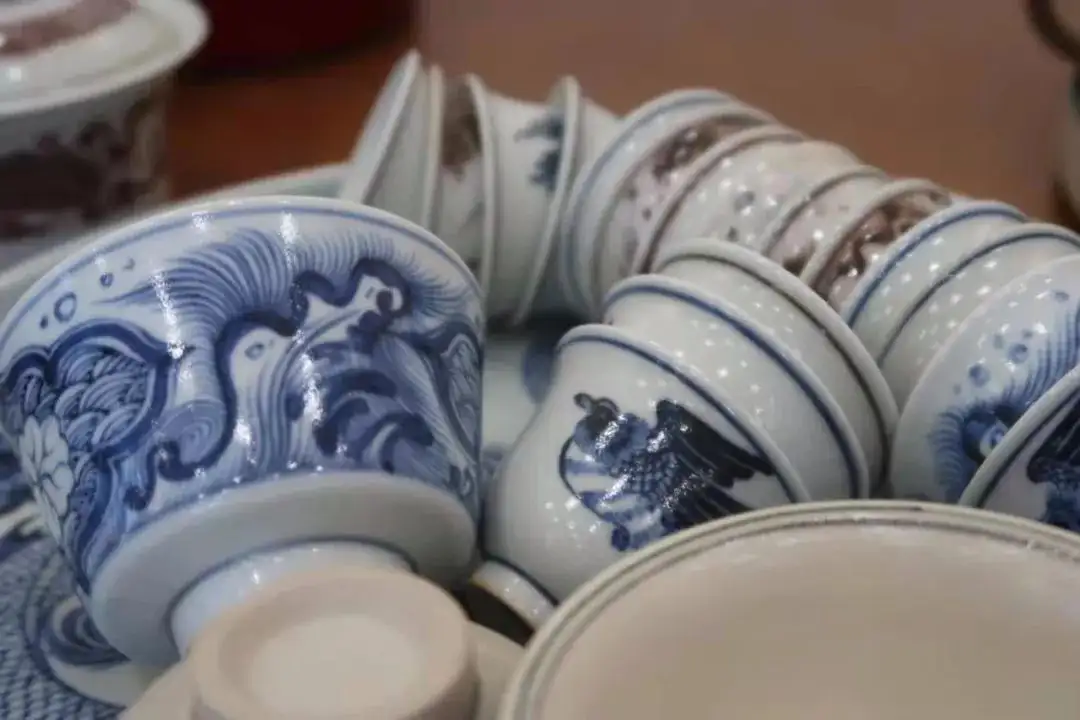
What they take pride in remains their craftsmanship. Starting points vary, talent differs, but skill can bring a good life, enable upward mobility, and sometimes simply satisfy pride. They compare themselves to contemporaries, to masters of the past, and future artisans will use them as benchmarks, pushing forward relentlessly.
Craftsmanship has guided Jingdezhen’s own logic. Broken shards buried in the soil are dredged up and traded in the “ghost market.” Under the dim glow of flashlights, people trace these fragments to restore the heights of past artisans.
Ceramic artists from other regions and countries bring their ideas and creativity to this open city, expanding Jingdezhen’s ceramic heritage while creating original works infused with personal vision.
Beyond ceramic techniques, more professions are emerging with the tides of time. Fields like interior design, e-commerce operations, and exhibition planning—all centered on craftsmanship—are beginning to play their roles.
03
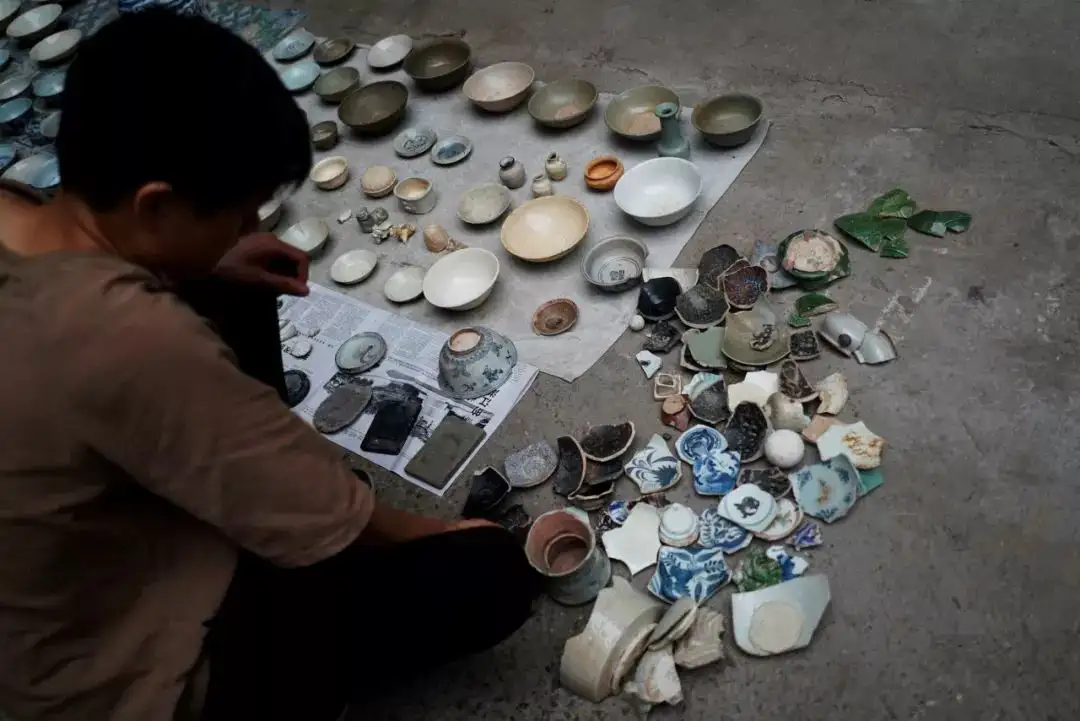
One ceramic artist summarized it for us: “Jingdezhen is an unguarded city.” Its secrets are few, perhaps because it has always been a city of immigrants. “Artisans come from all directions; finished wares travel the world.” Regardless of status or wealth, all possess the courage to converse with the world.
The stories of the past have become frozen medals. Now, everyone is searching for something new.
These small trends are becoming clearer:
→ → →
Simu is one of the many “Jing drifters.” Often, niche techniques are abandoned due to their complexity and the scarcity of learning opportunities. Yet, she delves into ancient texts to study China’s oldest ceramic glaze—plant ash glaze. To many, the 92-born artist is lucky, as plant ash glaze isn’t a unique skill. But her peacock-glazed cups have fetched tens of thousands at auction—a height unimaginable for most young artists just a few years into their careers.
→ → →
Jin Xiuxuan and Zhong Heng are entering their eighth year as ceramic artists. At an exhibition, they encountered Korean paintings using a technique called “powder blue,” which deeply inspired them.
Zhong Heng said, “Jingdezhen has all kinds of artisans—kiln masters, glaze mixers, throwers, and trimmers. The reason foreign artists love coming here is that they can find excellent collaborators.”
→ → →
Since 2016, Jiang Jingchen has taken over the operation of “Zhen Yi Tang,” focusing on state-owned factory porcelain. To locals, these pieces represent a glorious past. Factory porcelain carries immense historical significance. Amid the relentless march of time, these ceramics—once used by factory directors as collateral—along with the craftsmanship and emotions embedded in them, have become a “rich mine” of irreplaceable value.
“I see myself as a brick carrier. We’re custodians of an era, porters of time. Wherever there’s a need, I’ll carry it there.”
… Snowscape porcelain panel painters, inheritors of color glaze techniques, young ceramic entrepreneurs, independent potters, and persevering students—all are part of this porcelain capital.
In this city, some are fueling its imagination, and their voices will shape Jingdezhen’s future.
